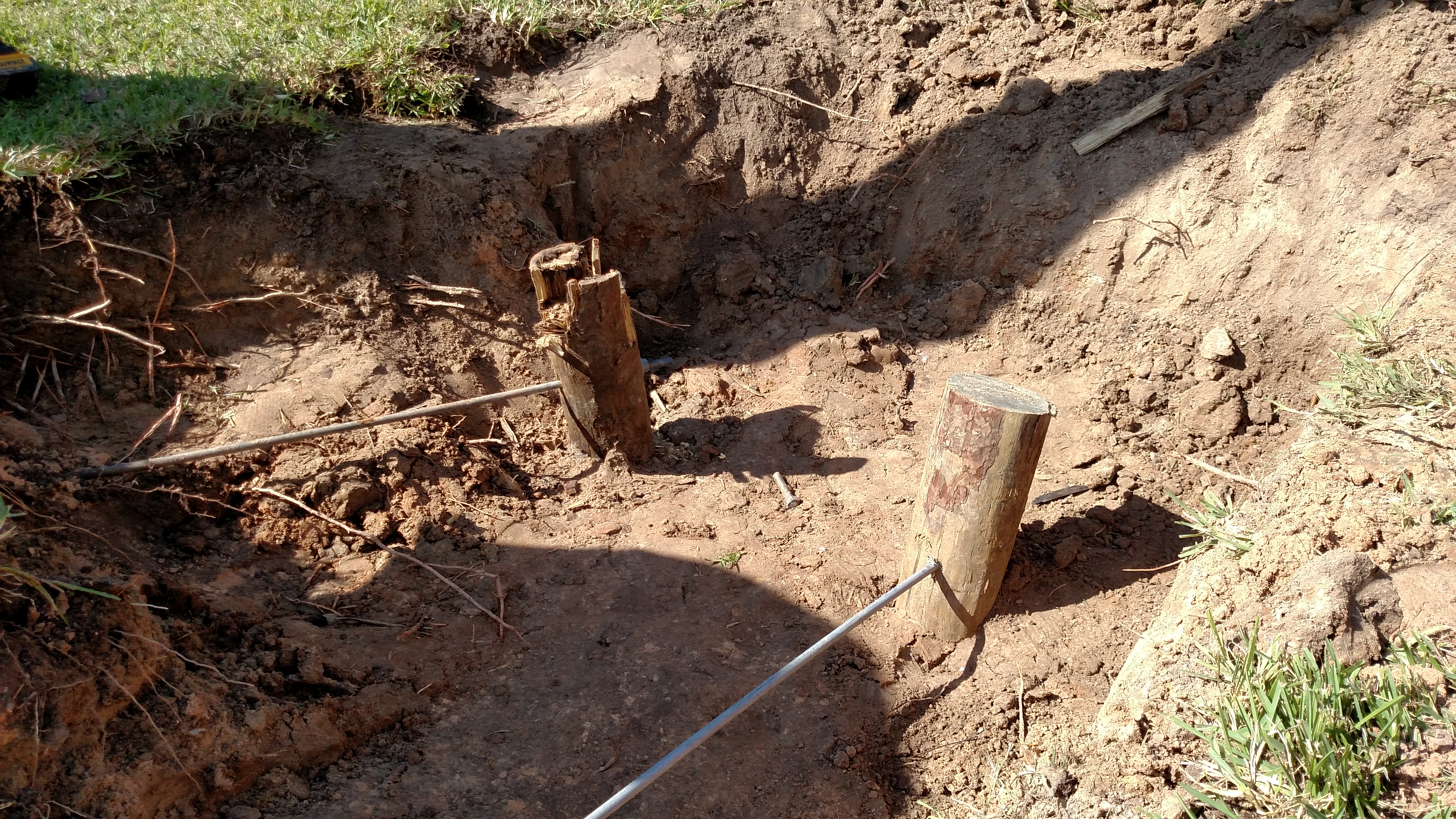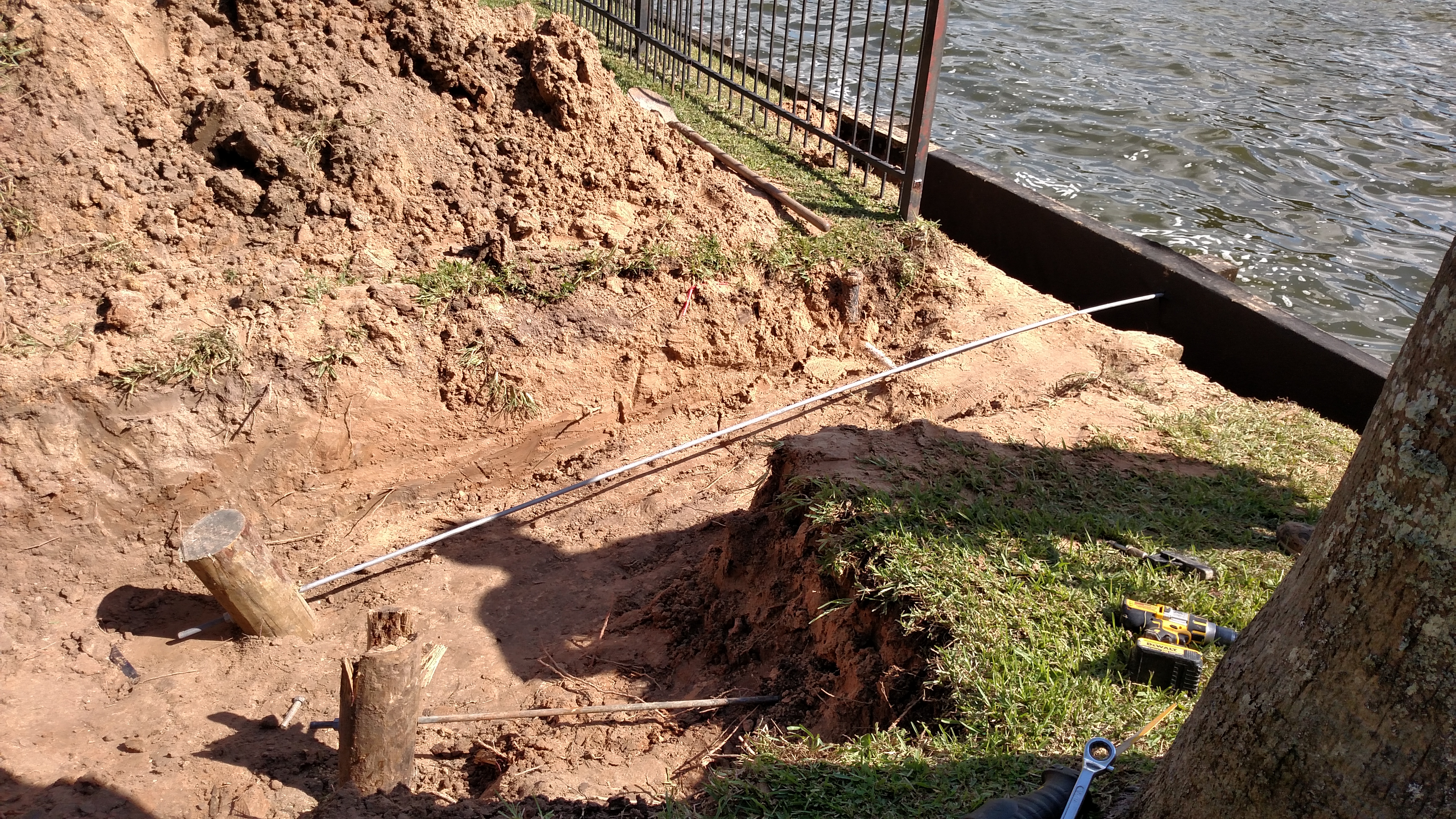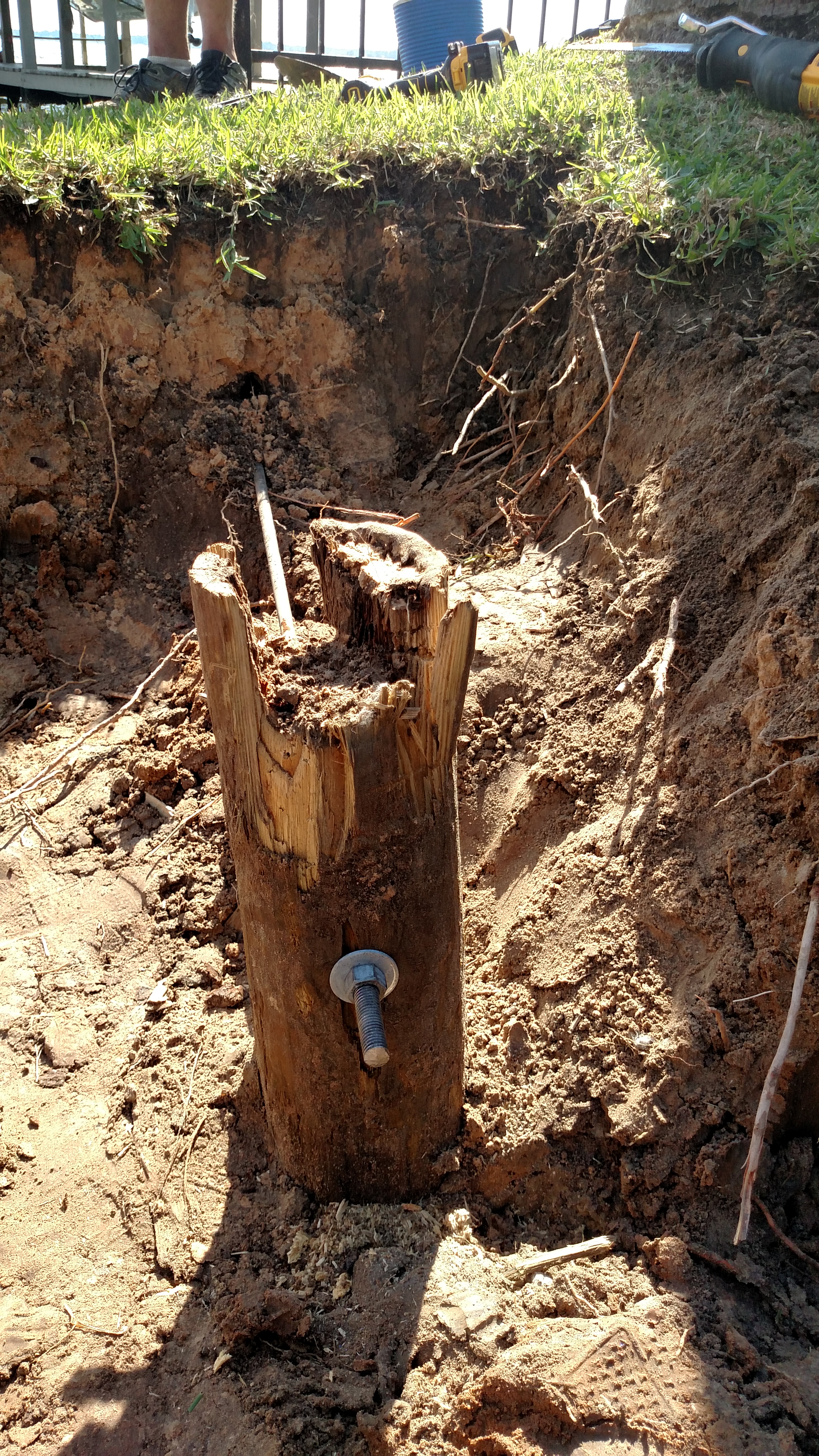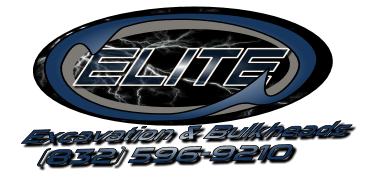Do you need a bulkhead repair on lake Houston? You may have noticed that your bulkhead may have issues like leaning, settling behind the wall, or possibly larger sink holes. Unfortunately, most issues with bulkheads are due to age and the condition of the material. In these cases, replacement is necessary and inevitable to prevent loss of valuable shoreline.
There are cases however, that do warrant a bulkhead repair. This ultimately depends on the age of the wall, what the repair would consist of and whether or not the cost of such a repair would be justifiable rather than replacement.
One thing is for certain, a bulkhead repair can be very costly and should only be performed under certain circumstances. Dont be duped by a fly by night operation that only cares about taking your money and running, by throwing together a Band Aid fix that will leave you calling for another bulkhead repair in less than a month! Hire the professionals!
Call or email us now for a free assessment and proposal for bulkhead repair or replacement!
Some Examples of possible bulkhead repair scenarios:
- Wall leaning in isolated areas.(Possible causes include failed dead men or tie back)
- Sink holes in corners of property adjacent to a neighboring bulkhead.
- Settling or sink holes in isolated areas.
Here are some Examples of Completed bulkhead Repairs:
The problem here with this particular bulkhead repair was poor installation... The vertical tongue and groove(center match) was not driven in deep enough and over the years silting caused the bottom to begin to be exposed causing undermining from the back side. That is why it is important to hire a contractor who will do a thorough job and be diligent with installation on your bulkhead repair.... Longer center match was driven in behind the old wall to back up the boards and stop the undermining and settling. New tie rods, dead men, and filter fabric were installed and the area was back filled. This is a fairly extensive bulkhead repair which is why the wall must be in good condition for this to be feasible.
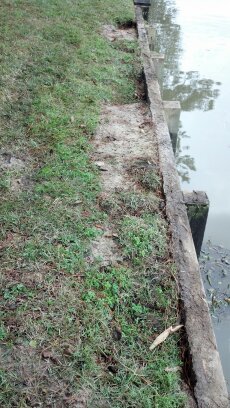
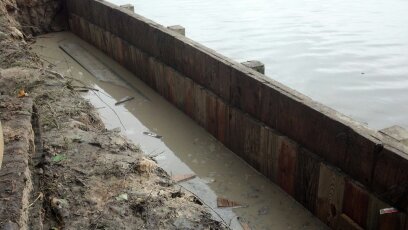
The problem with this bulkhead repair was with installation as well. This was actually a replacement wall that was built in front of an old failing wall. (You can see the old wall line in the grass its yellow) The contractor tied the new pilings off of the old wall pilings. The old wall pilings were failing to begin with!! The new wall pulled the old pilings forward and allowed the new wall to move badly. There was between 8" and 12" of deflection here before the repair!! The wall was excavated to relieve the pressure and new dead man and tie rods were installed on the entire wall. Then the wall was pulled back straight and backfilled. A new top cap was installed to finish off the bulkhead repair.
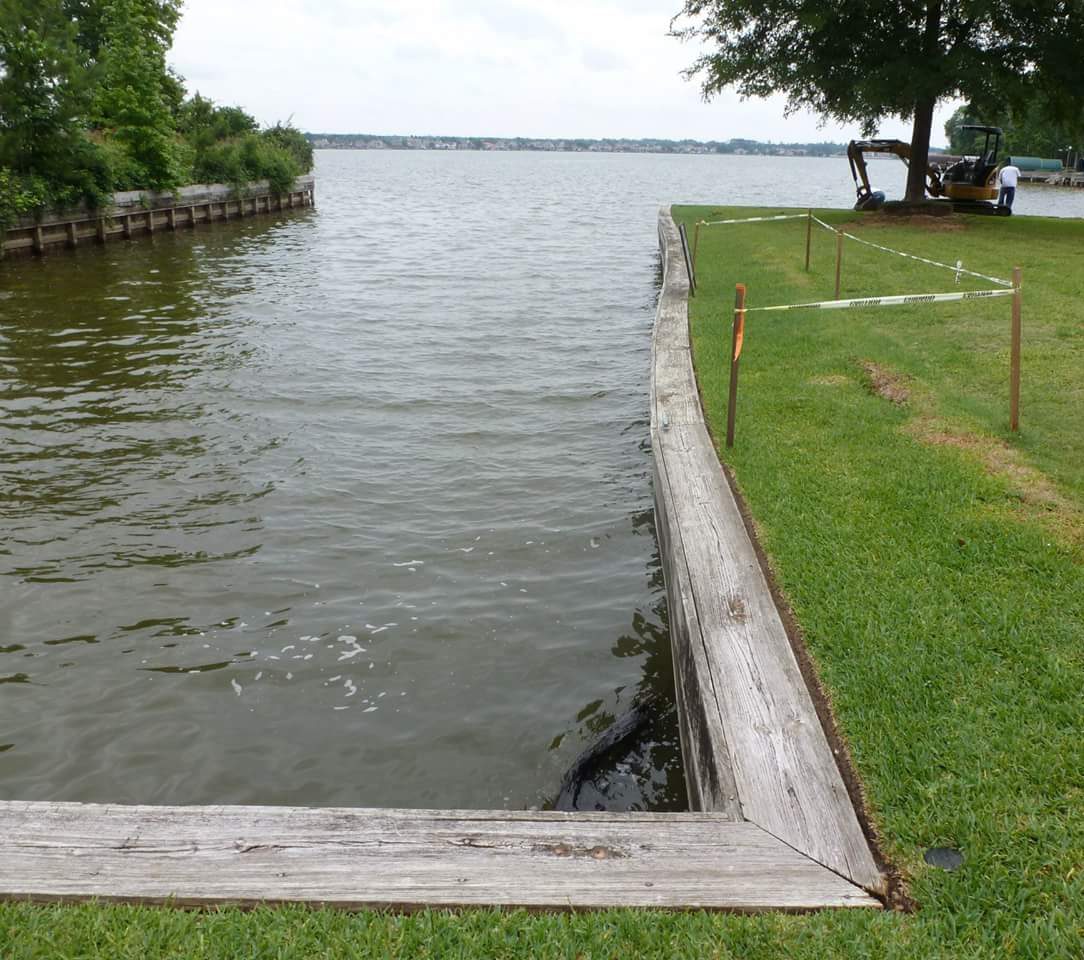
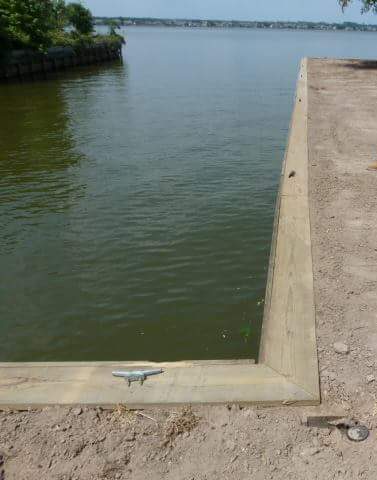
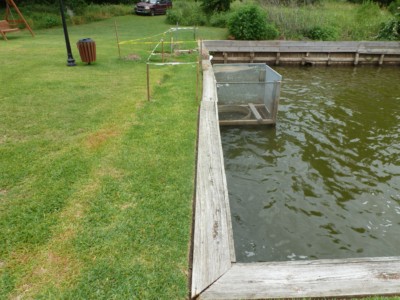
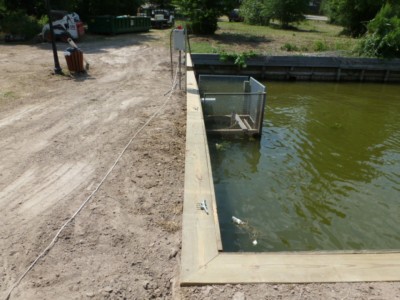
This bulkhead repair was needed due to a 24" Storm drain that protrudes through the wall. The original wall was not built around the pipe very well and this sink hole is the result. Over the years concrete was poured into the sink hole by the owners trying to stop the "leak". This is a common bulkhead repair mistake that is only a temporary fix and ultimately makes the repair much more difficult and costly! The concrete was demoed and excavated. The old wall section of wall was removed and that section was rebuilt, backed up and back filled.
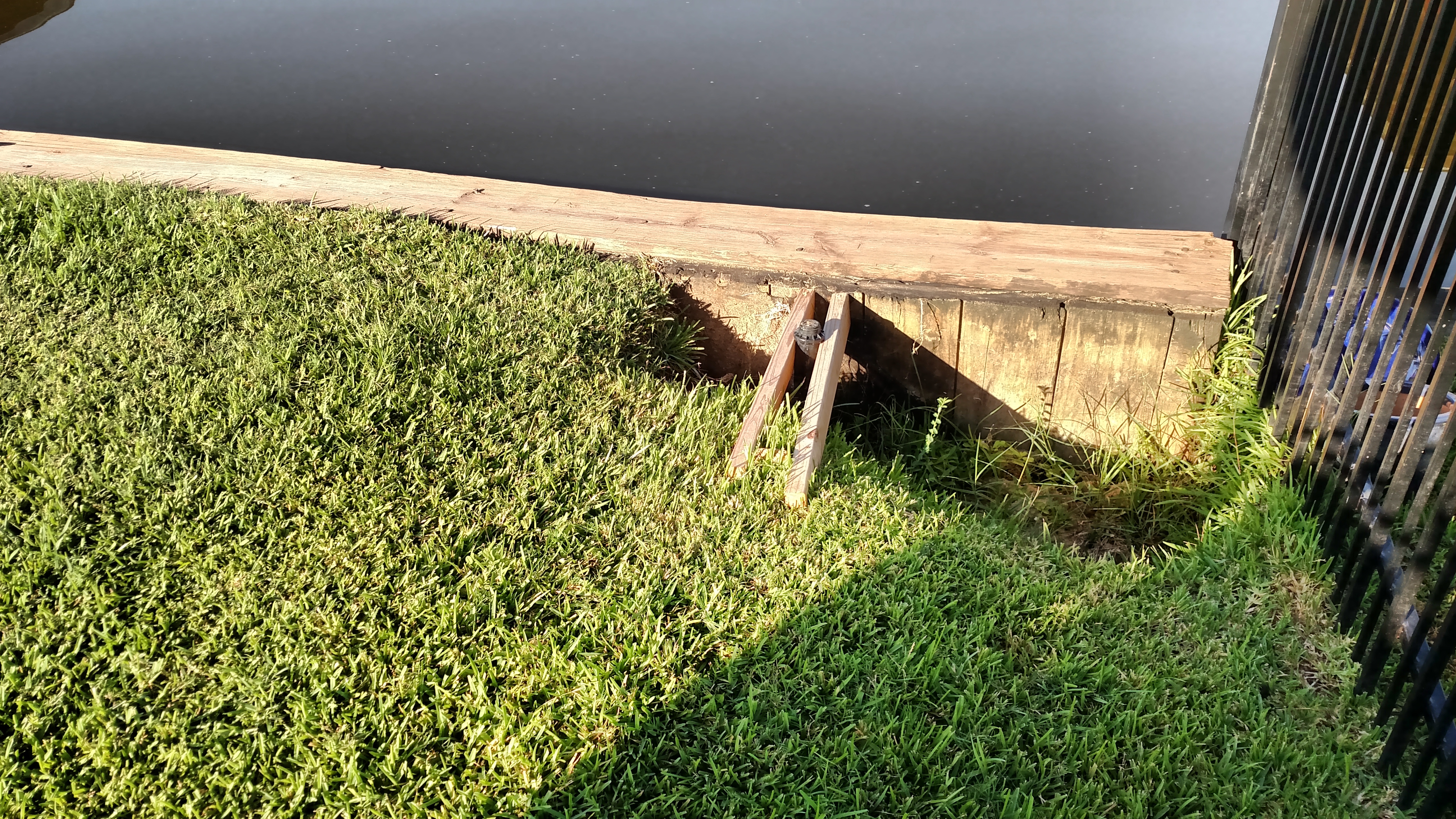
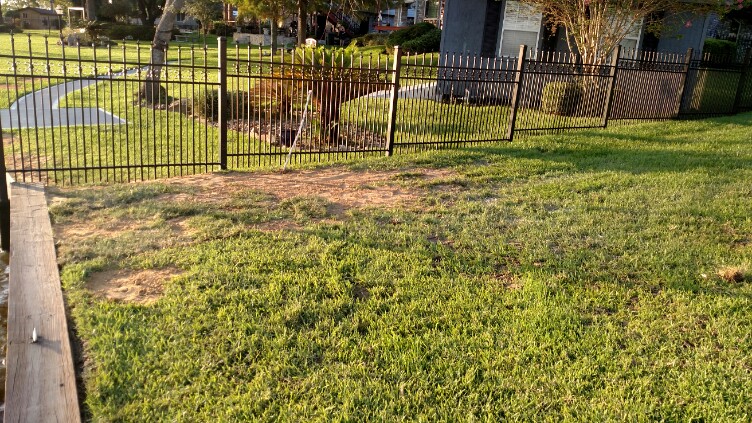
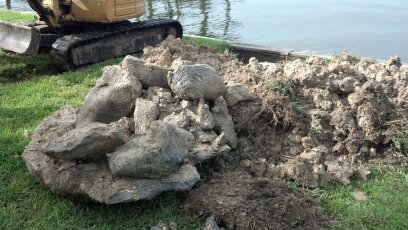
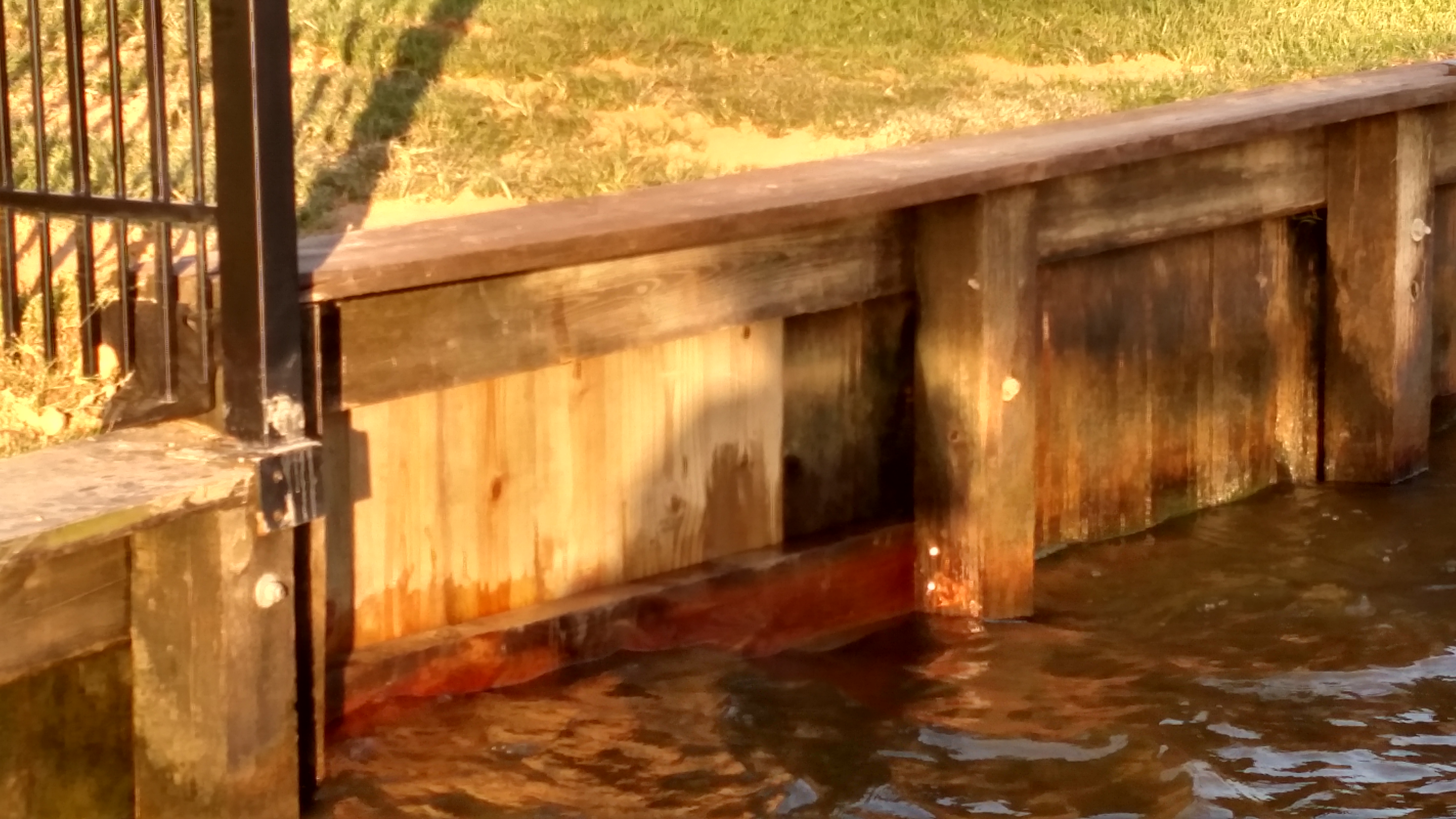
This exploratory excavation commenced to find out why a single piling had moved out approximately 8" and the rest of the wall was still dead straight. Upon excavating down to the existing dead man, it was discovered that there were two issues. the first is that the tie rod was installed and the dead man was cut off with in a couple of inches of the rod. The end of the piling suffered a bit of rot at the cut and the rod actually pulled through the softened dead man...
The second issue was that the dead man was installed vertically and was even leaning a little towards the wall. This allows the wall to sometimes leverage forward pulling the dead men forward and upward and ultimately allowing the wall to move. There is Much better leverage from the dead man when it is installed angled back away from the wall like pictured below with the newly installed dead man. (think how you would put a tent stake in the ground) We installed a new dead man and tie rod correctly... We also inadvertently found the next dead man over and noticed that that rod was about to completely pull through as well. We lowered that rod to prevent that one from failing as well during this bulkhead repair, while we were at it at no extra charge to the customer!
